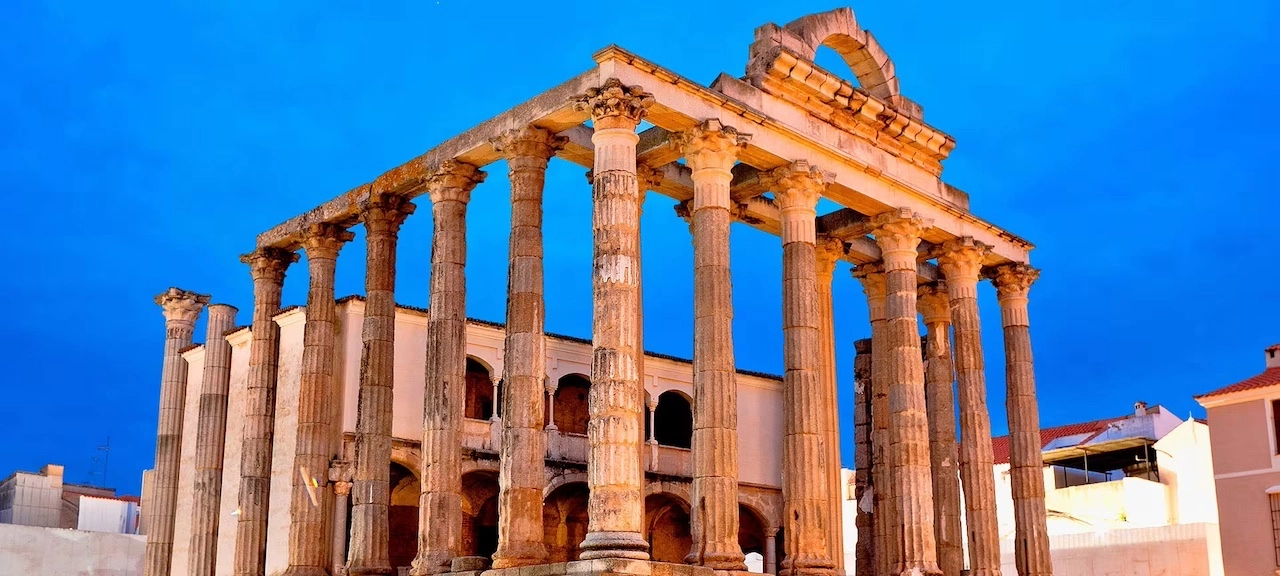Ephesus, an ancient city on the western coast of present-day Turkey, boasts a rich history that includes the enigmatic Temple of Artemis, also known as Diana in Roman mythology. This architectural marvel, considered one of the Seven Wonders of the Ancient World, has long captivated historians, archaeologists, and enthusiasts alike. Let's delve into the mysteries surrounding Diana's Temple and the significance it held for the people of Ephesus.
I. The Grandeur of Diana's Temple
Diana's Temple was a colossal structure, dedicated to the goddess Artemis, the divine protector of the city. The temple was a testament to the wealth and cultural significance of Ephesus during its zenith. It stood as a symbol of religious devotion, architectural innovation, and the prowess of the ancient world's craftsmen.
II. Architectural Marvel: Awe-Inspiring Design
The temple's design was a marvel of ancient engineering. It featured 127 towering columns, each reaching a height of about 40 feet. The columns were adorned with intricate carvings and sculptures, contributing to the overall grandeur of the structure. The temple's sheer size and opulence reflected the cultural and economic prosperity of Ephesus.
III. Artemis of Ephesus: The Sacred Image
At the heart of Diana's Temple was the cult statue of Artemis, a representation of the goddess adorned with multiple breasts, symbolizing fertility and nurturing. This iconic image of Artemis was not only a religious symbol but also a revered artwork, drawing pilgrims and worshippers from far and wide.
IV. Religious Significance: A Center of Worship
Diana's Temple was not merely a physical structure; it held profound religious significance for the people of Ephesus. The temple served as a center for various ceremonies, rituals, and festivals dedicated to Artemis. Pilgrims flocked to Ephesus to seek the goddess's favor, particularly in matters related to fertility, protection, and prosperity.
V. Destruction and Reconstruction: A Tale of Endurance
Despite its grandeur, Diana's Temple faced the unfortunate fate of destruction. It was burned down by a misguided act of arson in 356 BCE. However, the Ephesians were determined to uphold their devotion to Artemis, and the temple was meticulously reconstructed. The subsequent iterations of the temple stood as a testament to the resilience and unwavering commitment of the people to their religious beliefs.
VI. Legacy and Archaeological Discoveries
Today, the remnants of Diana's Temple lie in ruins, but they continue to reveal insights into the ancient world. Excavations at the site have unearthed fragments of sculptures, columns, and artifacts, providing archaeologists with valuable clues about the temple's construction, design, and the religious practices of its worshippers.
VII. Ephesus as a UNESCO World Heritage Site
In recognition of its historical significance, Ephesus, including the remnants of Diana's Temple, has been designated a UNESCO World Heritage Site. Visitors to Ephesus can wander through the ancient city's streets, marvel at the remains of the temple, and contemplate the mysteries that shroud this archaeological wonder.
The Temple of Artemis at Ephesus stands as a testament to the grandeur and cultural richness of the ancient world. As we explore the mysteries of Diana's Temple, we are reminded of the enduring human quest for the divine, expressed through awe-inspiring architecture and unwavering religious devotion. Ephesus continues to be a site where the past comes alive, allowing us to connect with the ancient mysteries that linger in its ruins.




